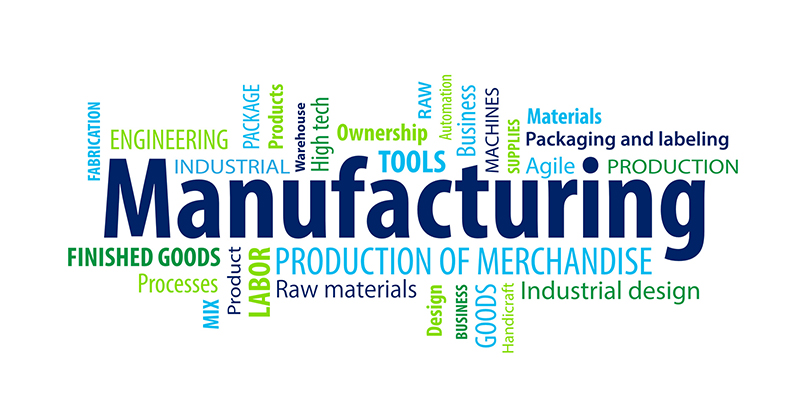Though it’s a broad field of engineering, mechanical engineers are generally tasked with the design, construction and testing of everything from thermal sensors to engines to heavy-duty equipment and machinery. But before mechanical engineers can enter the workforce and contribute to the revitalization of U.S. manufacturing, it’s first essential for them to acquire the professional skills and knowledge required by employers. By earning a degree from one of the nation’s prestigious mechanical engineering schools or U.S. manufacturing schools, students will have the necessary know-how on essential skills like CNC manufacturing, CNC automation and CNC machining to propel them to success in the workforce. With that said, here’s a look at the highest ranking mechanical engineering schools in the U.S.
Top 5 Highest Ranking Engineering Schools in the U.S.
- Massachusetts Institute of Technology (MIT): Engineering education is somewhat synonymous with MIT. And when it comes to mechanical engineering, the school is the top ranked, according to a report from College Factual, which lists it No. 1 out of 270 colleges with such programs. In fact, at MIT, nearly 15 percent of all undergrads are working toward a mechanical engineering (ME) degree. But first you have to get in – and getting into MIT is highly competitive. According to U.S. News, only about 8 percent of all applicants are admitted.
- Georgia Institute of Technology: College Factual slots the Georgia Institute of Technology, or GIT, as No. 2 on its list of schools with the best ME programs in the country. Like MIT, about 15 percent of all undergraduate students enroll at GIT to pursue an ME degree.
- Stevens Institute of Technology: Located in the Hoboken, New Jersey, area, the school doesn’t just pride itself on having one of the safest campuses in the country, but with producing some of the best ME graduates in more of an intimate setting than the top two school on this list. For instance, in 2016, only about 150 students graduated with a degree in the program.
- California Institute of Technology: One of the neat things about those who graduate with an ME degree from the California Institute of Technology is that they typically see a 12.6 percent average earnings increase compared to other ME graduates. Oh, and you can’t beat the Pasadena, California, location of the school, making for great year-round weather. Another great thing about the California Institute of Technology is its extremely favorable 3:1 student-faculty ratio.
- Stanford: Stanford University rounds out our top 5 mechanical engineering schools list, as it offers both undergraduate and advanced degrees in the field of study. Stanford, an Ivy League school, also happens to be among the most prestigious colleges in the nation, coming in at No. 7 out of a possible 1,383 universities, per College Factual. It’s also the best university in the state of California.
Though we’ve detailed the top 5 mechanical engineering schools above, there are several more worth mentioning. Just think of these as our honorable mentions, a list that includes Kettering University (Flint, Michigan), the University of Michigan (Ann Arbor, Michigan), Rensselaer Polytechnic Institute (Troy, New York) and Carnegie Mellon University (Pittsburgh, Pennsylvania).








